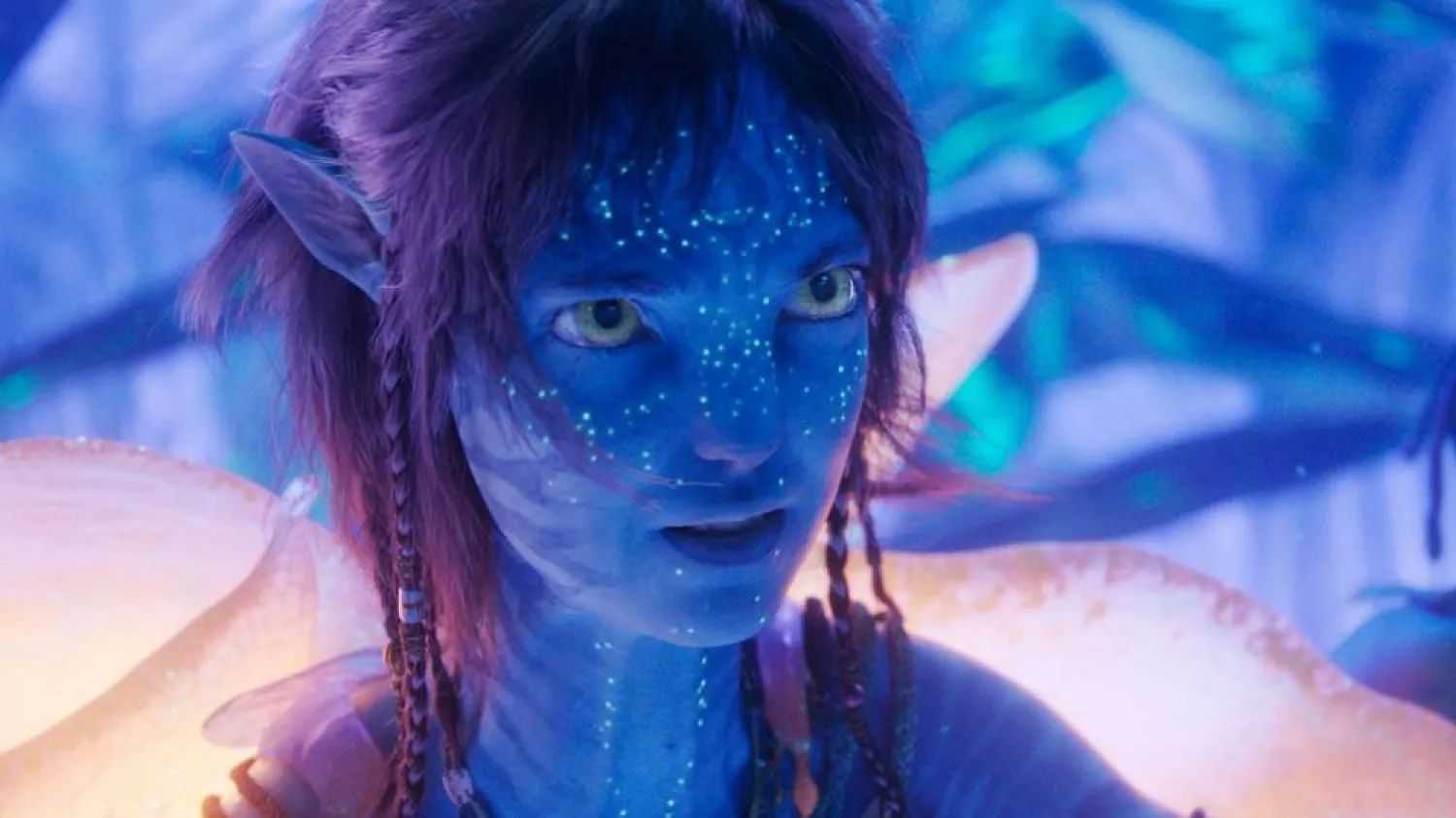SRMG Ventures, the venture capital arm of SRMG (Saudi Research and Marketing Group), has announced a $5 million investment in Anghami, the leading music and entertainment streaming platform in the MENA region. The investment marks a significant development in the region’s rising music and audio industry.
SRMG Ventures, the largest comprehensive media group in the MENA region, will bolster Anghami's growth trajectory through its extensive media reach, content library, and portfolio of leading assets in audio/podcasts and enable it to capture a larger share in the sector that is forecasted to reach $700m in 2026.
SRMG Ventures’ investment in Anghami reflects its unique and leading position in the promising music and audio segment of the media industry. The MENA music and audio industry is forecasted to grow at a CAGR (Compound Annual Growth Rate) of 11 percent, outpacing the global market. This rapid growth, further highlighted by the rising prominence of Arab stars and local talent, coupled with the strategic presence of international labels including Warner, Universal, and Sony, is cementing MENA's position as a pivotal player in the global music landscape.
“Audio consumption is growing fast in the MENA region. In 2022 alone, the market size for audio increased by 35 percent, which represents a major opportunity for investors in the MENA,” said CEO of SRMG Jomana Al-Rashid.
“These opportunities are also demonstrative of our strategy and commitment to support and develop the media ecosystem, act as a catalyst for further growth and enhancement of SRMG’s offerings and services,” she added.
“Today, Anghami has been able to secure one of the largest user bases in audio streaming in the region, and has developed an impressive platform with extensive technological capabilities – a testament to the leadership of founders Elie Habib and Eddy Maroun. We’re looking forward to working closely with the Anghami team to realize our shared vision of elevating the region’s media and entertainment industry,” Al-Rashid said.
Eddy Maroun, co-founder & CEO of Anghami, said: “This investment from SRMG Ventures marks a significant milestone for Anghami. We have continually evolved to meet our audience’s changing demands. Working together with SRMG, a leader and innovator in regional media, Anghami will be able to unlock further opportunities to champion the music ecosystem. This partnership will propel regional artists to greater heights, expand their global reach, and create new touchpoints for our users and artists alike.”
Anghami has established itself as the region’s leading music and entertainment streaming platform. With 120 million registered users (a significant increase from 75 million users in 2021), a substantial subscriber base and a catalogue comprising more than 100 million songs, Anghami is the go-to platform for Arabic and International music, podcasts and entertainment.
Since launching in 2012, Anghami has broadened its portfolio beyond music streaming. It now provides in-house productions, branded music and video content, concerts and live events, a record label for Arab artists, podcasts, a music lounge with live entertainment, exclusive and original Arabic content, along with its renowned music streaming service.
Anghami’s breadth of data and its leading distribution capabilities present compelling collaboration opportunities with SRMG. Billboard Arabia, the latest addition to SRMG’s media portfolio, will introduce several charts using data from the leading digital streaming platforms – including Anghami – to highlight the artists and songs driving the global and regional music industry. In addition, Thmanyah, Independent Arabia, and Hia, all notable audio content creator outlets under SRMG, are already present within the Anghami platform, setting the stage for continued collaboration between SRMG and Anghami.
SRMG Ventures’ investment in Anghami aligns with the Group’s strategy to invest in businesses and areas of commercial growth, focusing on media creators, immersive and interactive entertainment, and digital media platforms and enablers that are at the forefront of technological and creative innovation. SRMG Ventures inaugural investments included Telfaz11, a Saudi based creative media studio, and Vuz, a leading VR-enabled social media application.
As part of the investment agreement, SRMG will be invited to join Anghami's board of directors and will have the opportunity to increase its investment in Anghami in the future.









